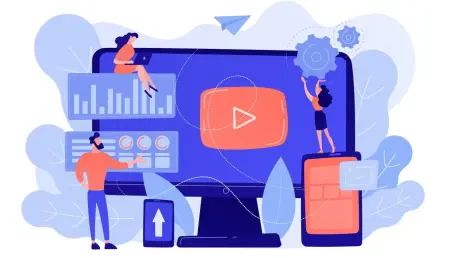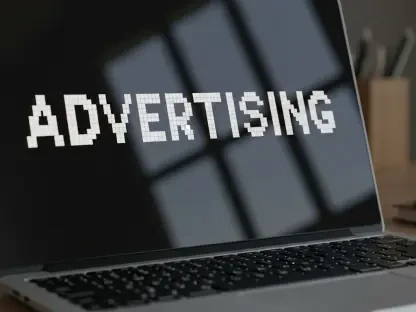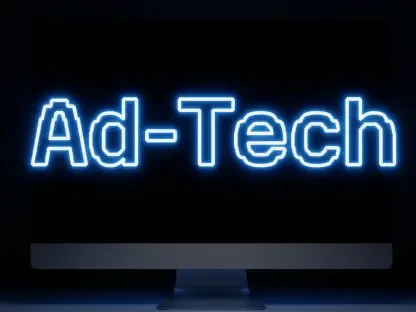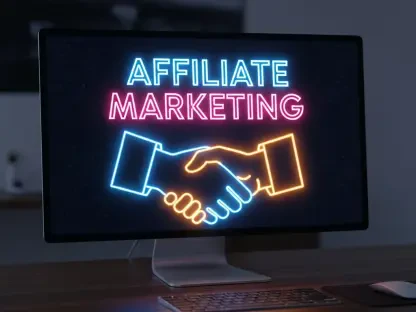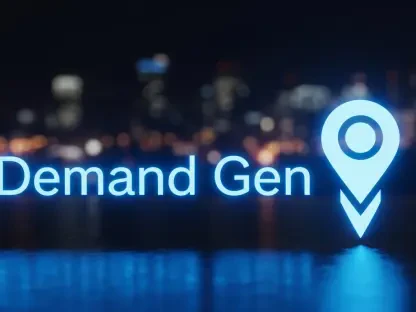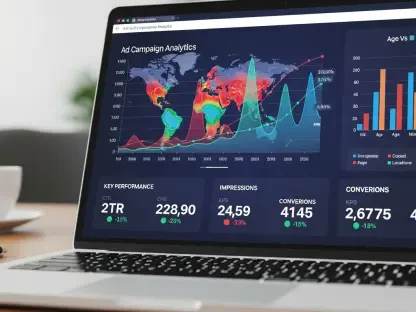In the fast-paced world of digital marketing, Anastasia Braitsik stands as a renowned figure. With her extensive knowledge in SEO, content marketing, and data analytics, she offers invaluable insights into the intricacies of video advertising strategies. Today, we dive into the nuances that separate social video from PPC video, explore their distinct purposes, and understand the critical approaches required for success in each field.
What are the fundamental differences between social video and PPC video?
Both social video and PPC video serve unique roles in the realm of digital marketing. Social video primarily focuses on engagement, storytelling, and building a community. It’s designed to capture attention, spark engagement, and is often woven into the organic social media environment. On the flip side, PPC video is all about driving conversion. It needs to arrest attention swiftly and move viewers towards a specific action within seconds. This distinction is crucial because it dictates how each type of video should be crafted and used.
How do the purposes of social video and PPC video diverge?
Social video is really about crafting an engaging storyline that fosters brand building and community interaction. It’s designed to be shared, liked, and discussed, thriving on human connection and emotional engagement. Conversely, PPC video is engineered for conversions—capturing attention with urgency and pushing for a specific call-to-action, be it product purchase or sign-up. The goal is performance metrics, turning viewers into customers as seamlessly as possible.
What audience intents do social video and PPC video cater to?
Social video typically caters to audiences indulging in passive browsing, seeking entertainment or snippets of engaging content. It’s about becoming a natural part of their routine exploration through social platforms. In contrast, PPC video targets high-intent audiences who are often in a research or decision-making stage. These viewers are more likely to engage with a video that offers a solution to their needs or piques their curiosity about a product or service they are considering.
In terms of format and delivery, how do social and PPC videos differ?
Social videos usually take a form that suits an organic feed, often square or vertical, optimized for user feeds on platforms like Instagram and TikTok. They aim to be visually engaging even at a glance. PPC videos, however, require flexibility in their format—ranging from 16:9 to vertical, depending on the platform. This variation ensures they’re adapted for multiple placements and user behaviors in paid environments, such as YouTube or in-app ads.
Why is sound or audio usage different in social video compared to PPC video?
In social videos, music and narration are integral. They often rely heavily on these elements to follow trends or tell a story, enhancing the emotional or entertainment value of the content. Meanwhile, PPC videos need to perform well even without sound. Due to the silent autoplay environments on many platforms, it’s essential for PPC videos to use strong visuals or text overlays to communicate their message clearly and effectively without relying on audio.
How important is an immediate call-to-action in PPC videos?
An immediate call-to-action in PPC videos is vital because it directly affects conversion rates. The structure of PPC videos is built on prompting quick, decisive actions, urging the viewer with clear and recurrent calls that often frame the narrative from the start. Social videos, however, may not demand such immediacy. They often rely on softer, implied calls-to-action that grow from the narrative, encouraging viewers to engage at their own pace.
What metrics indicate success for PPC video campaigns?
For PPC video campaigns, success metrics are quite robust—focusing on click-through rates (CTR), conversion rates, return on ad spend (ROAS), and cost per acquisition (CPA). These metrics differ significantly from social videos that might prioritize engagement rates, shares, or views. PPC campaigns require metrics that tie back directly to business outcomes and financial performance rather than just reach and engagement.
What are some key best practices for creating PPC video?
One best practice for PPC videos is capturing the viewer’s attention within the first three seconds. In today’s digital landscape, distractions are plentiful, so making a strong, immediate impact is crucial. Hooking viewers with bold text or exciting visuals—perhaps a compelling question or unique value proposition—can prevent them from scrolling past or hitting skip.
How should video formats be tailored to fit specific platforms?
Tailoring video formats to fit specific platforms involves understanding each platform’s unique requirements and user behavior. For YouTube, horizontal (16:9) videos work well, whereas TikTok thrives on vertical, full-screen formats. Instagram might require square or vertical layouts. Understanding these specifics helps in creating content that feels native and engaging on each particular platform, maximizing its impact.
How does the use of platform-specific audio considerations impact PPC video?
Platform-specific audio considerations significantly impact PPC video design. On platforms with silent autoplay, like Facebook, Instagram, or TikTok, videos need to communicate visually first, utilizing animated captions or motion text. For platforms where sound is often active, like YouTube, leveraging audio through soundtracks, voiceovers, or sound effects can create a richer, more engaging experience, enhancing both message delivery and brand engagement.
What strategies should be employed for different platforms like YouTube Ads and Performance Max?
When crafting strategies for YouTube Ads, the focus should be on compelling storytelling that captures attention quickly to counter the natural tendency to skip. Uploading multiple video lengths for Performance Max ensures versatility and maximizes the platform’s AI capabilities for optimizing ad placements. The key is flexibility, allowing creative assets to resonate across different placements and audience interactions.
How can marketers make a strong business case to CMOs for investing in platform-specific PPC video?
Marketers can build a strong business case by emphasizing the unique benefits of dedicated PPC video, which aligns creative assets with media placements for superior performance outcomes. Repurposed social content often fails to deliver in PPC environments, as it lacks the precision targeting and conversion focus. Highlighting an increase in ROAS and engagement metrics can demonstrate the tangible advantages of investing in tailored PPC videos.
In what ways can platform-specific PPC video increase return on ad spend?
Platform-specific PPC videos increase return on ad spend by aligning the content creation precisely with the platform’s audience engagement norms and technical specifications. They ensure that each piece of video content not only fits but thrives in its environment, optimizing delivery, and interaction rates. This alignment leads directly to higher engagement metrics, more efficient spend, and a better overall campaign performance.
In your view, why is PPC video no longer optional in the context of digital advertising?
PPC video has become indispensable in digital advertising primarily due to the surge in short-form video content that dominates consumer attention spans today. With platforms increasingly favoring video formats, mastering platform-specific video creation is crucial for PPC success. It’s about standing out in a crowded marketplace—harnessing the power of video to engage, convert, and capture your target audience effectively.
